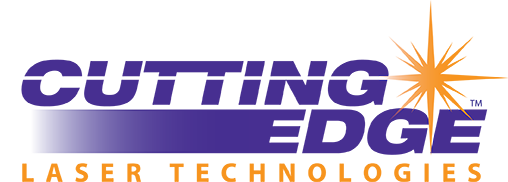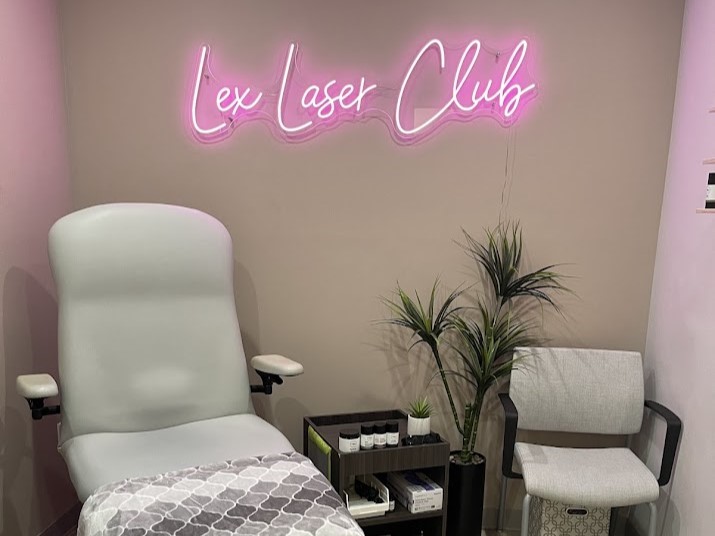How Can Plantar Fasciitis be Treated Without Drugs, Insoles, Surgery, or Limited Activity?
Plantar Fasciitis is one of the most common causes of heel pain, affecting about 2 million people in the United States (Schwartz & Su, 2014) and accounts for approximately 15% of foot symptoms requiring medical care in adults (Geldwert & Minara).
The plantar fascia is a thick fibrous ligament that runs on the bottom of the foot from the calcaneus (heel bone) to the toes and helps support the arch of the foot. Plantar Fasciitis is due to inflammation of this ligament, primarily resulting from a strain injury causing micro tears. Symptoms of this common condition include throbbing, burning, and/or piercing type of heel pain especially with the first few steps in the morning. Pain can persist between hours to years depending on the nature of the condition.
Typical treatments for plantar fasciitis include anti-inflammatory drugs, orthotic insoles, limiting physical activities, and stretching. These treatments can extend to physical therapy, steroid injections, extracorporeal shock wave therapy (ESTW), ultrasound therapy, and night splints. In advanced cases, surgery is also a treatment option.
Therapies for plantar fasciitis have evolved as technology in the medical field have been researched and developed with one such technology being Low Level Laser Therapy (LLLT). This therapy modality uses lasers that safely penetrate the skin to accelerate wound healing, decrease pain, and decrease inflammation (Kimlickova, Efremova, Blaskova, Navratil, & Navratil, 2016).
One such mechanism of action from LLLT on the body is promoting tissue regeneration. Ulusoy, Cerrahoglu, and Orguc (2017) conducted a randomized controlled trial to determine and compare the clinical effects of LLLT, ESTW, and Ultra Sound therapy for patients with plantar fasciitis. The team objectively analyzed patients via MRI to measure fascia thickness as well as VAS for heel pain, foot functionality test, and heel tenderness index. 60 patients were enrolled in the study and were placed into one of three groups: LLLT treatment, UltraSound treatment, or ESWT treatment. It was found that LLLT and ESWT were more effective than Ultra Sound therapy for all four measurements (p<.001).
Multi-wave locked system (MLS) is a type of LLLT that was developed by rigorously testing and pairing several different wavelengths of low level lasers. MLS uses 905nm and 808nm wavelengths that are locked together in a patent delivery system thus enabling the wavelengths to synergistically reciprocate each other to decrease pain and inflammation. When compared to traditional LLLT, MLS was found to be more effective, achieved much faster results, and needed much fewer applications than typical LLLT (Kimlickova, Efremova, Blaskova, Navratil, & Navratil, 2016).
When treating plantar fasciitis patients with MLS, treatment times are short (approximately 7 minutes each) and are non-invasive. New York City Podiatrist Dr. Josef Geldwert and his study team conducted a randomized study to determine the effects of MLS Laser Therapy on 20 patients with plantar fasciitis for 6 MLS Laser Therapy sessions. Results obtained were pain VAS and ultrasound measurements of the fascia. The study found VAS decreased (average pre-treatment VAS of 6.2 and decreased to an average of 2.6), and average sonographic measurement of the plantar fascia was 0.48cm before treatment to 0.43cm after treatments. Overall, 80% of subjects reported a decrease in symptoms after being treated with MLS Laser Therapy.
Non-invasive treatment options for Plantar Fasciitis are highly sought after for providers and patients. Options with positive clinical results for this common condition can help patients return to normal daily functioning and ultimately eases the load on providers. Low Level Light Therapy, in particular MLS Laser Therapy, is a proven effective non- invasive procedure to help patients who suffer from plantar fasciitis. Cutting Edge Laser Technologies is the exclusive distributor for MLS Laser Therapy available to providers treating plantar fasciitis.
Bibliography
Geldwert, J., & Minara, R. (n.d.). The Effect of a Class IV Multiwave Locked System Laser on Plantar Fasciitis.
Kimlickova, M., Efremova, Y., Blaskova, E., Navratil, V., & Navratil, L. (2016). A comparison of effects of therapy with the NIR laser diode and MLS laser system. Energy for Health .
Schwartz, E., & Su, J. (2014). Plantar Fasciitis: A Concise Review. The Permanente Journal , 105-107.
Ulusoy, A., Cerrahoglu, L., & Orguc, S. (2017). Magnetic Resonance Imaging and Clinical Outcomes of Laser Therapy, Ultrasound Therapy, and Extracorporeal Shock Wave Therapy for Treatment of Plantar Fasciitis: A Randomized Controlled Trial. The Journal of Foot and Ankle Surgery , 762-767.




